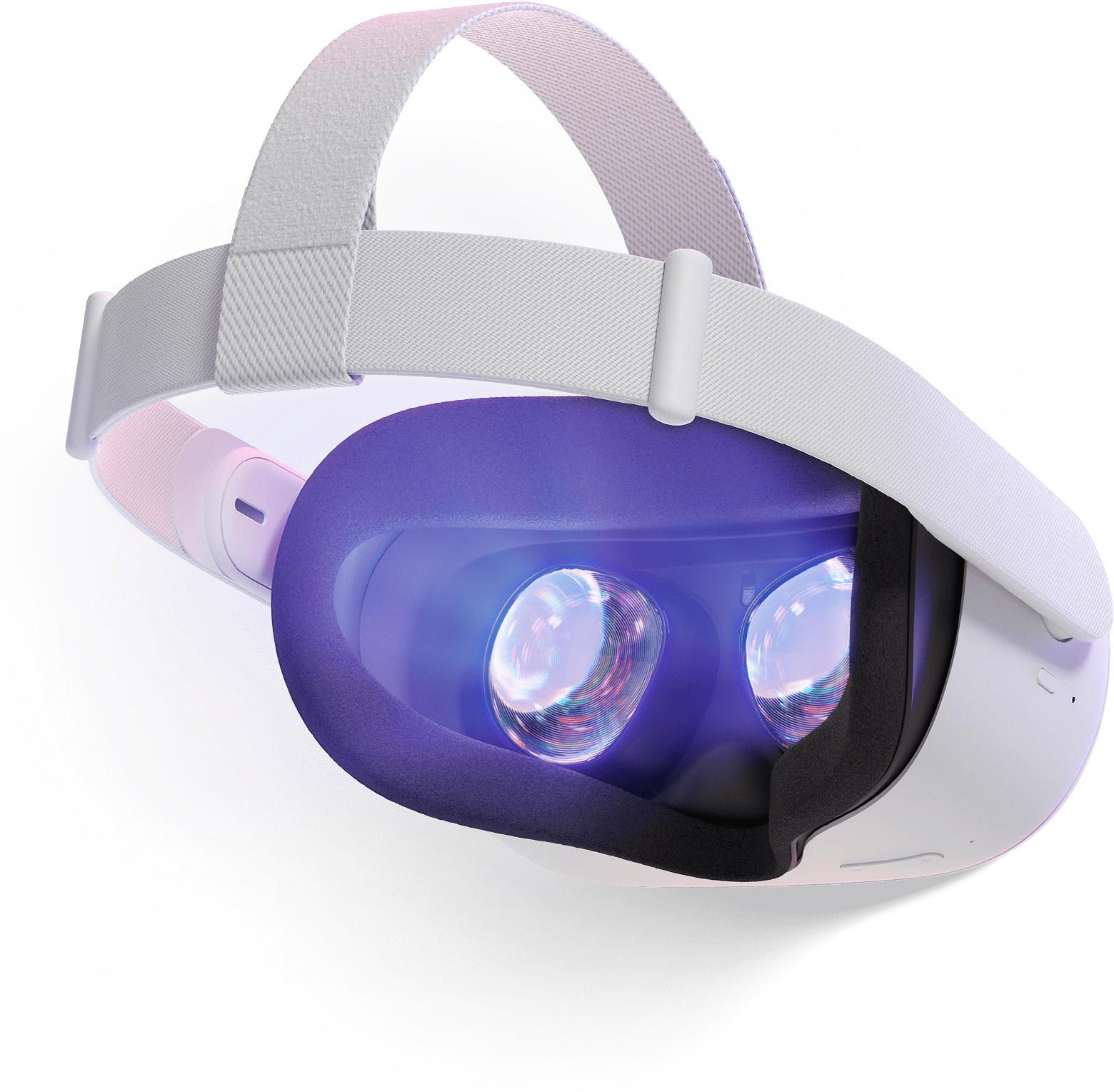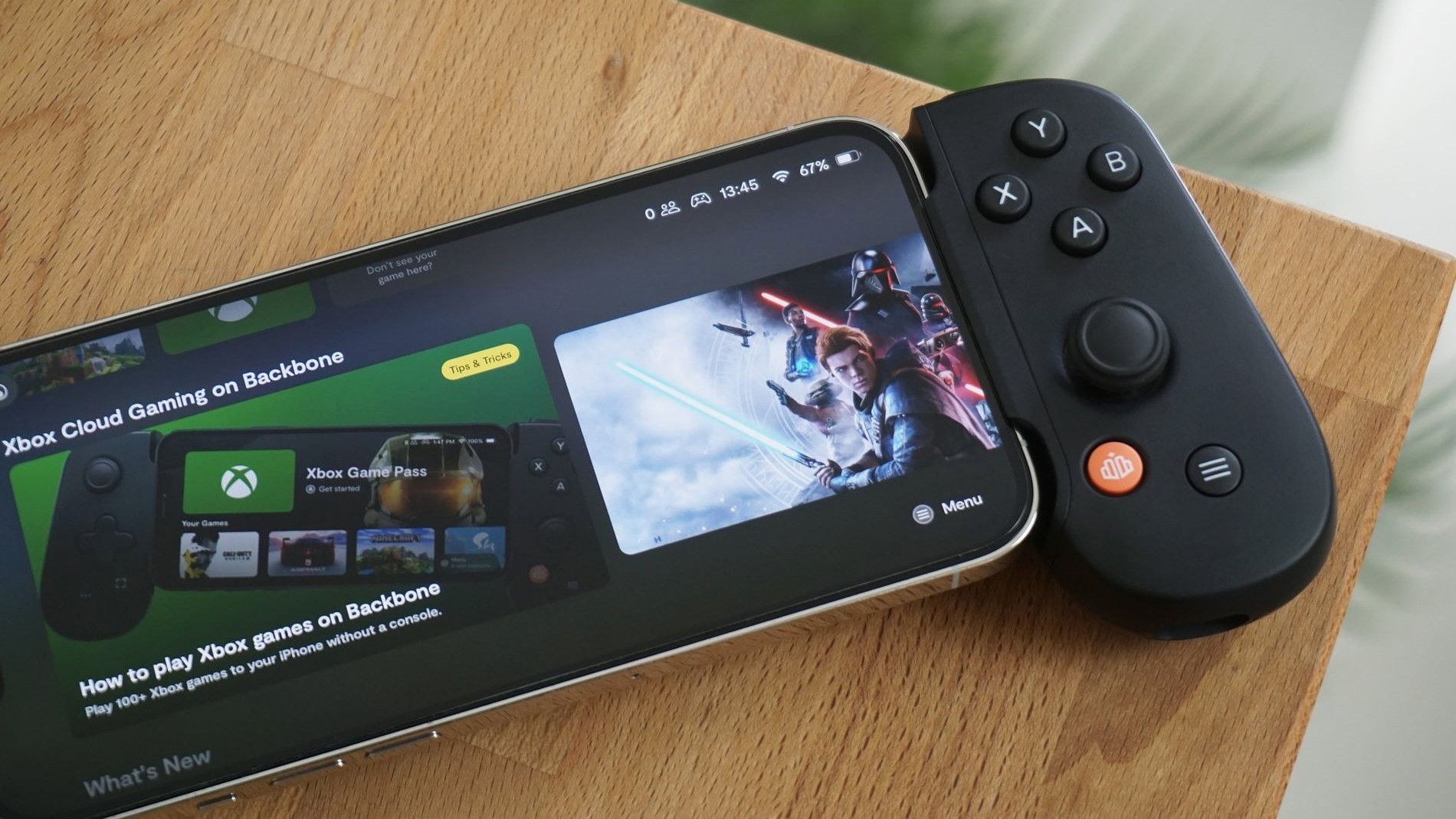Next-gen Varjo VR-3 and XR-3 headsets will blow your mind (and your wallet)
Varjo threw everything and the kitchen sink into these feature-rich headsets.
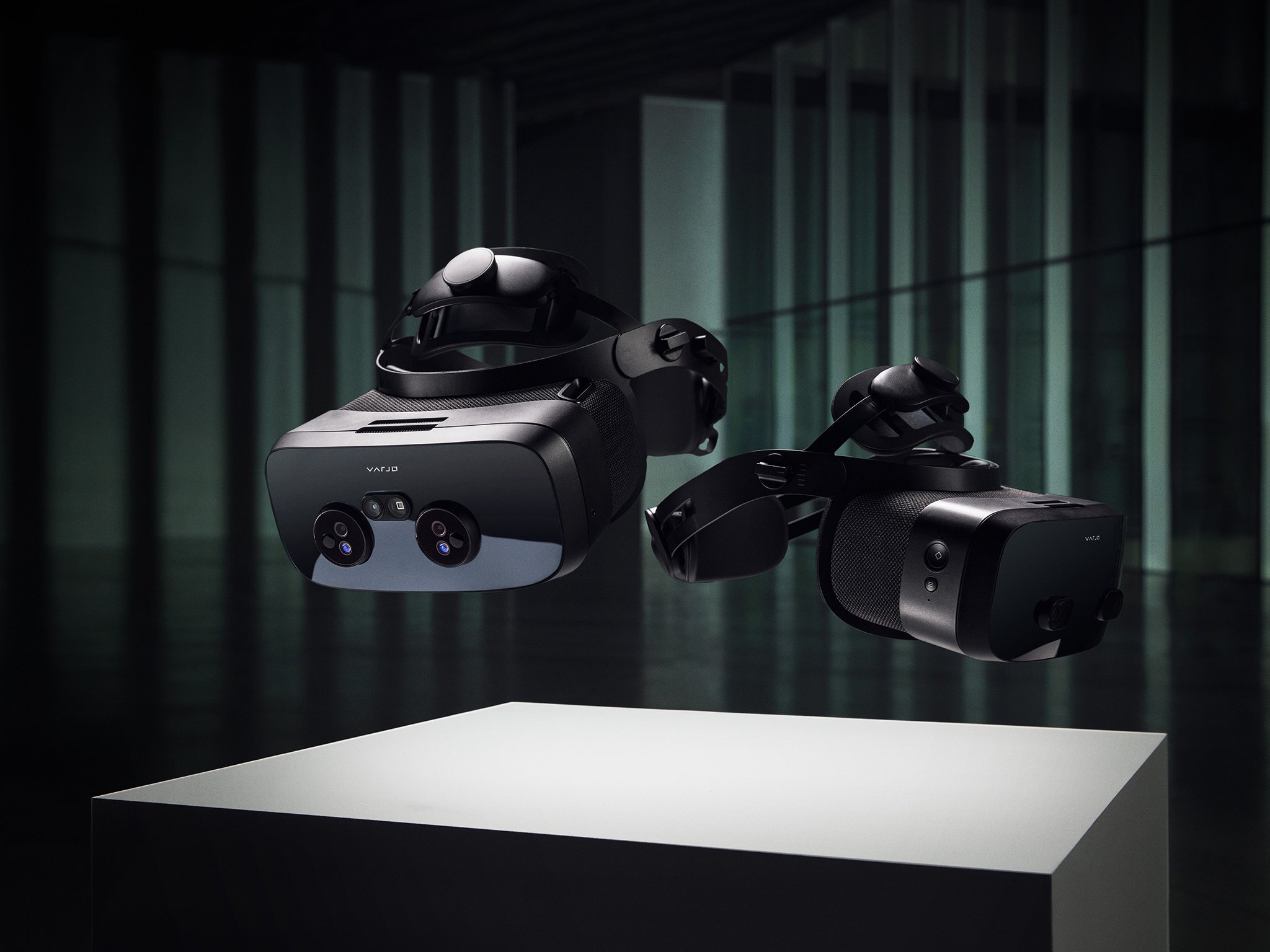
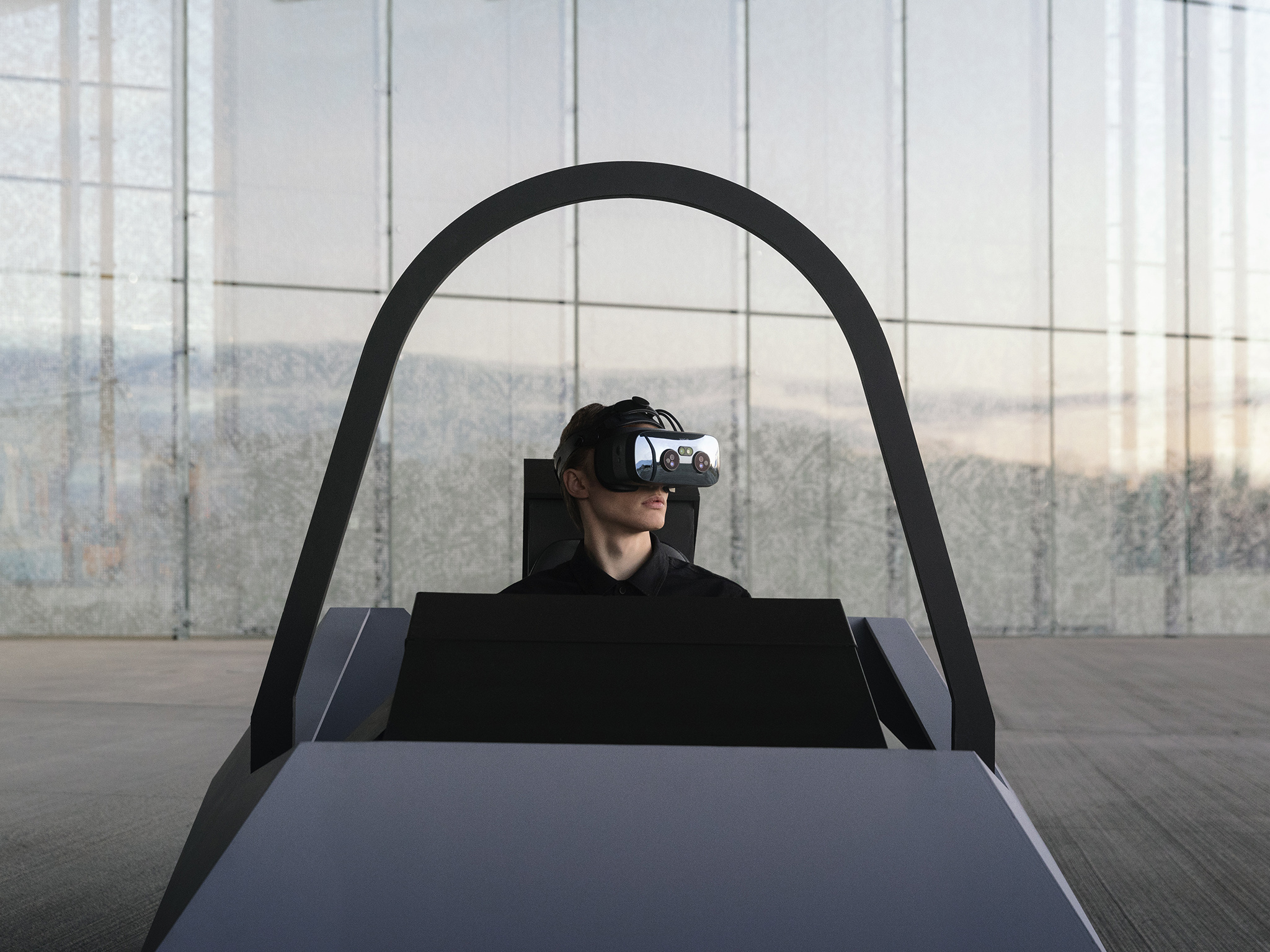
What you need to know
- Varjo's next-gem VR-3 and XR-3 headsets are mainly designed for commercial and industrial applications.
- Both headsets feature top-of-the-line specs with ground-breaking clarity and comfort.
- LiDAR and 200Hz eye tracking combine to give these headsets a significant immersion advantage over the competition.
Varjo VR-3 and XR-3 are next-generation XR headsets in just about every way imaginable. While Varjo mainly designs for commercial and industrial settings (and prices them accordingly), what we're seeing here is a look at what consumer-level headsets will certainly look like in just a few years. Commercial VR has picked up much faster than consumer-level VR, so it's understandable to see Varjo continue to target this market for the time being. Both headsets sport many similarities, with the XR-3 being the higher-end headset with some extra features.
Starting with the visual performance, both VR-3 and XR-3 get an FoV upgrade from 87-degrees on the predecessor models to a whopping 115-degrees (40% wider), making things more immersive by enabling a far wider view. The new lenses are variable resolution lenses, which means the 27-degree center point is a super-wide sweet spot for viewing. That's double the focus area of previous-generation lenses, so things won't look as fuzzy just outside of your immediate field of view.
The ultra-high-resolution panel sports 12MP (4290 x 2800) resolution per eye and features 99% sRGB color space which is extremely important for graphic design applications. That incredibly crisp resolution is perfect for itty bitty text on a virtual display, as you can see in the image below, and Varjo even provided a video where someone was able to thread a needle while using the passthrough vision on a Varjo XR-3.
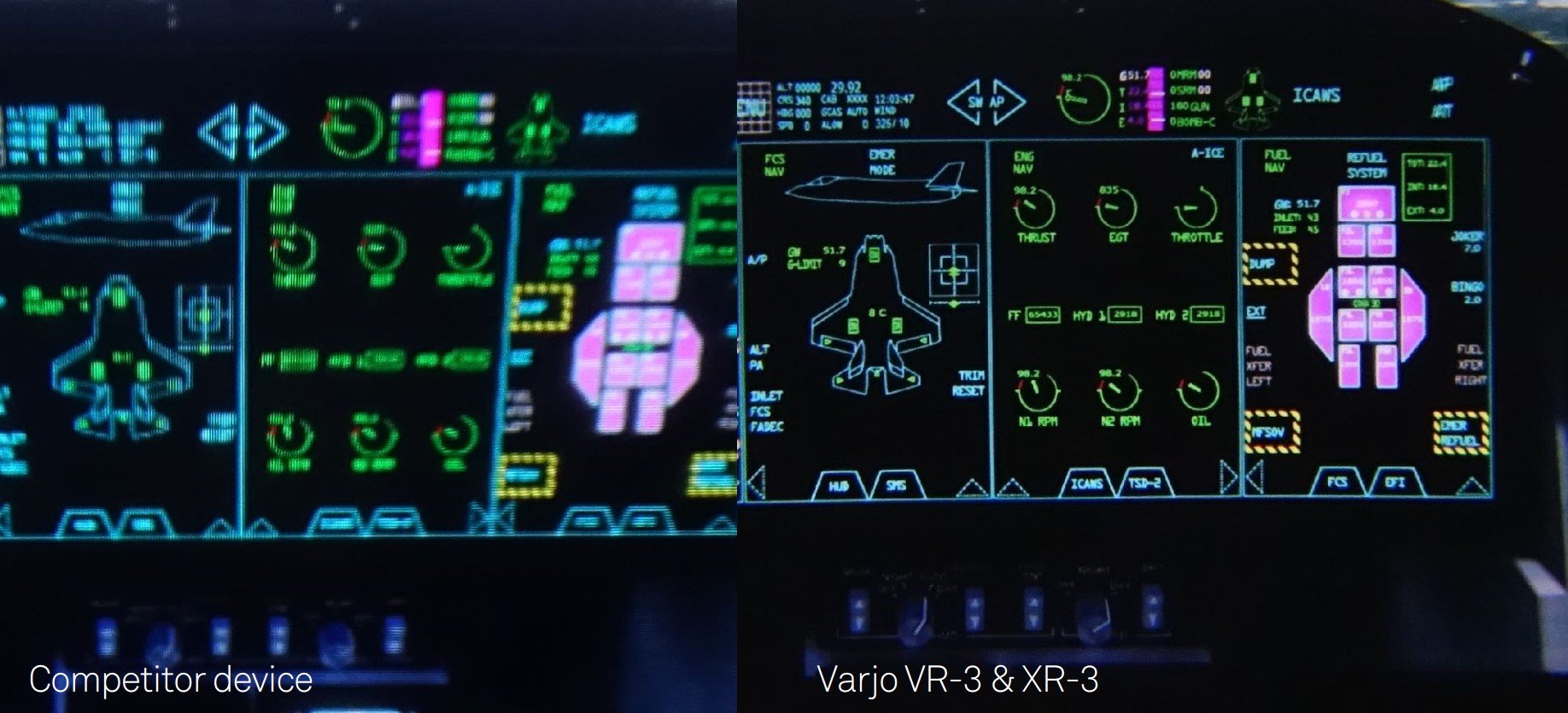
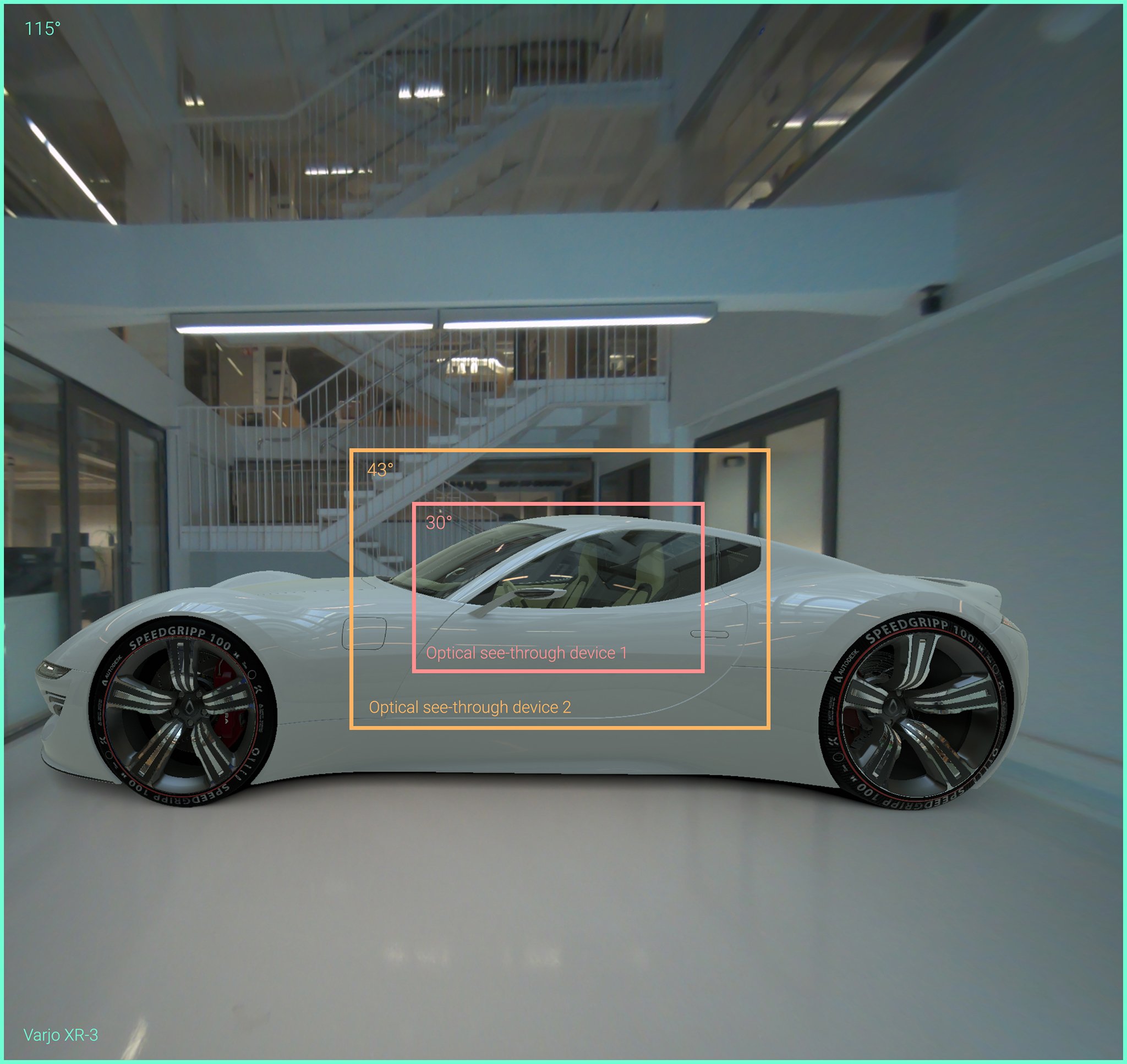
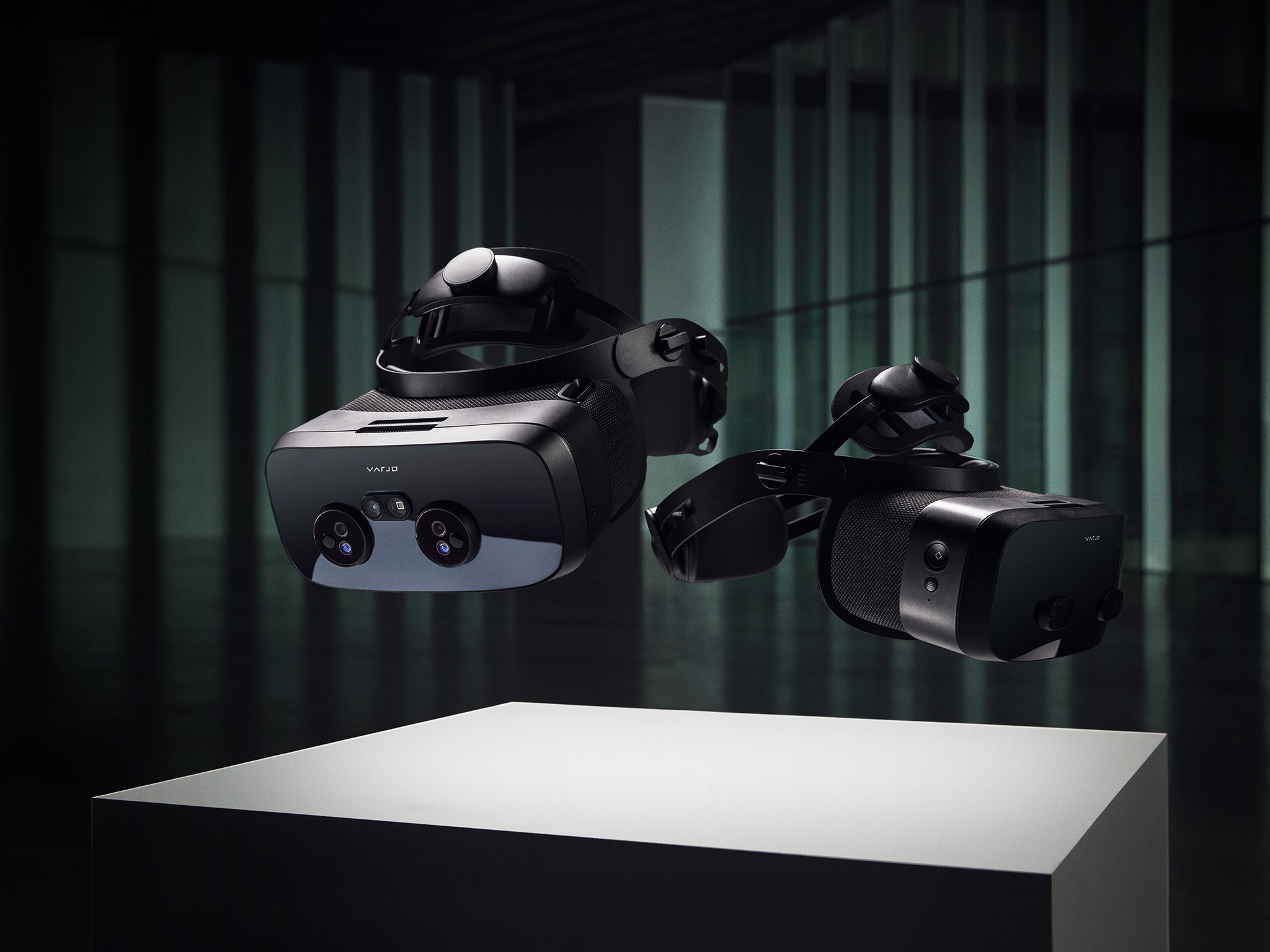
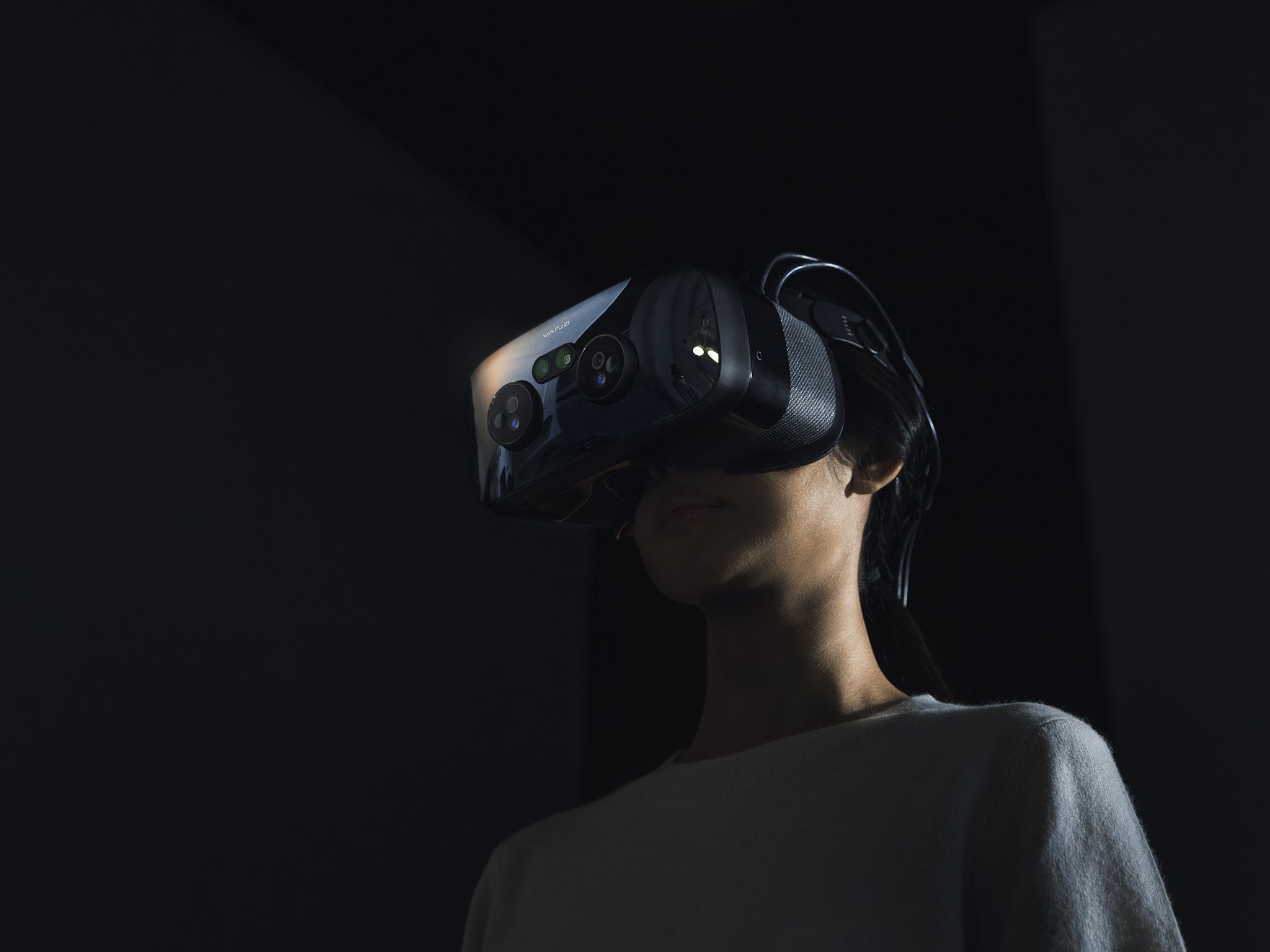
Both headsets sport a unique ergonomic design including a 3-point adjustable built-in strap that cradles the head better than anything else available. They're 40% lighter than XR-1 and are feature easily removable cables with integrated cable management. There's even a 3.5mm audio port on the side for a wide range of audio options. My favorite part, though, might just be the active cooling, which should significantly help cut down on (or eliminate) fogged lenses and sweaty faces. Biconvex lenses are designed to cut down on reflections and should help remove some of those nasty light artifacts that we see in current lens designs, and there's even 200Hz eye tracking to enable foveated rendering and other important immersive tech.
As was said before, the XR-3 is the higher-end headset and features enhanced inside-out tracking via a smattering of cameras and sensors on the front. A LiDAR sensor sits in the middle and is designed to help render the real world virtually for seamless XR integration by providing proper depth perception up to 5 meters away. Integrated Ultraleap 5.0 hand-tracking paired with LiDAR and the cameras means it's going to be way more accurate than camera-only options like what's available on the Oculus Quest family, for instance.
Now for the price, which makes it apparent that these headsets are simply not designed for consumer applications. A bummer, for sure, but it's a great look at what we'll likely be getting down the pike as consumers. Varjo VR-3 sells for $3,195, plus a $795 Varjo subscription requirement. Varjo XR-3 is $5,495 and will need to be paired with a $1,495 Varjo subscription.
All the latest news, reviews, and guides for Windows and Xbox diehards.

Nick started with DOS and NES and uses those fond memories of floppy disks and cartridges to fuel his opinions on modern tech. Whether it's VR, smart home gadgets, or something else that beeps and boops, he's been writing about it since 2011. Reach him on Twitter or Instagram @Gwanatu
